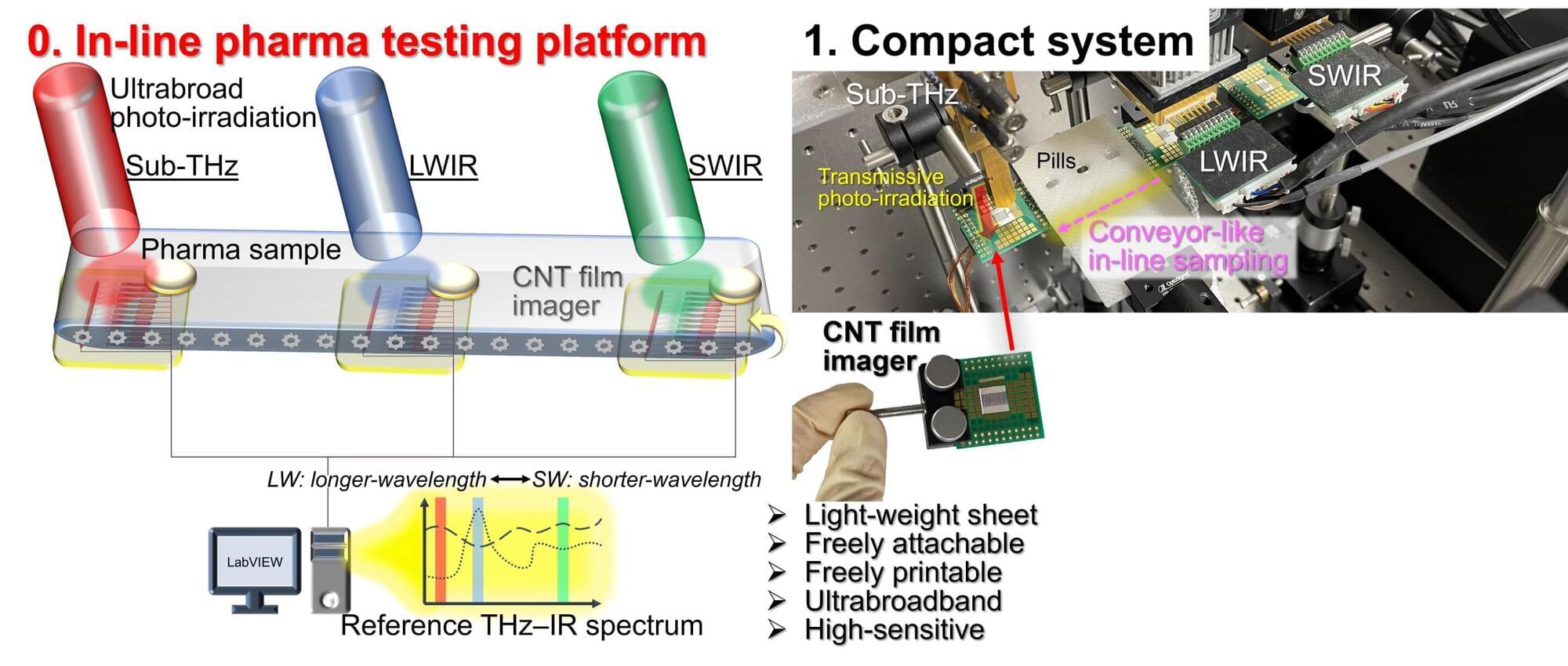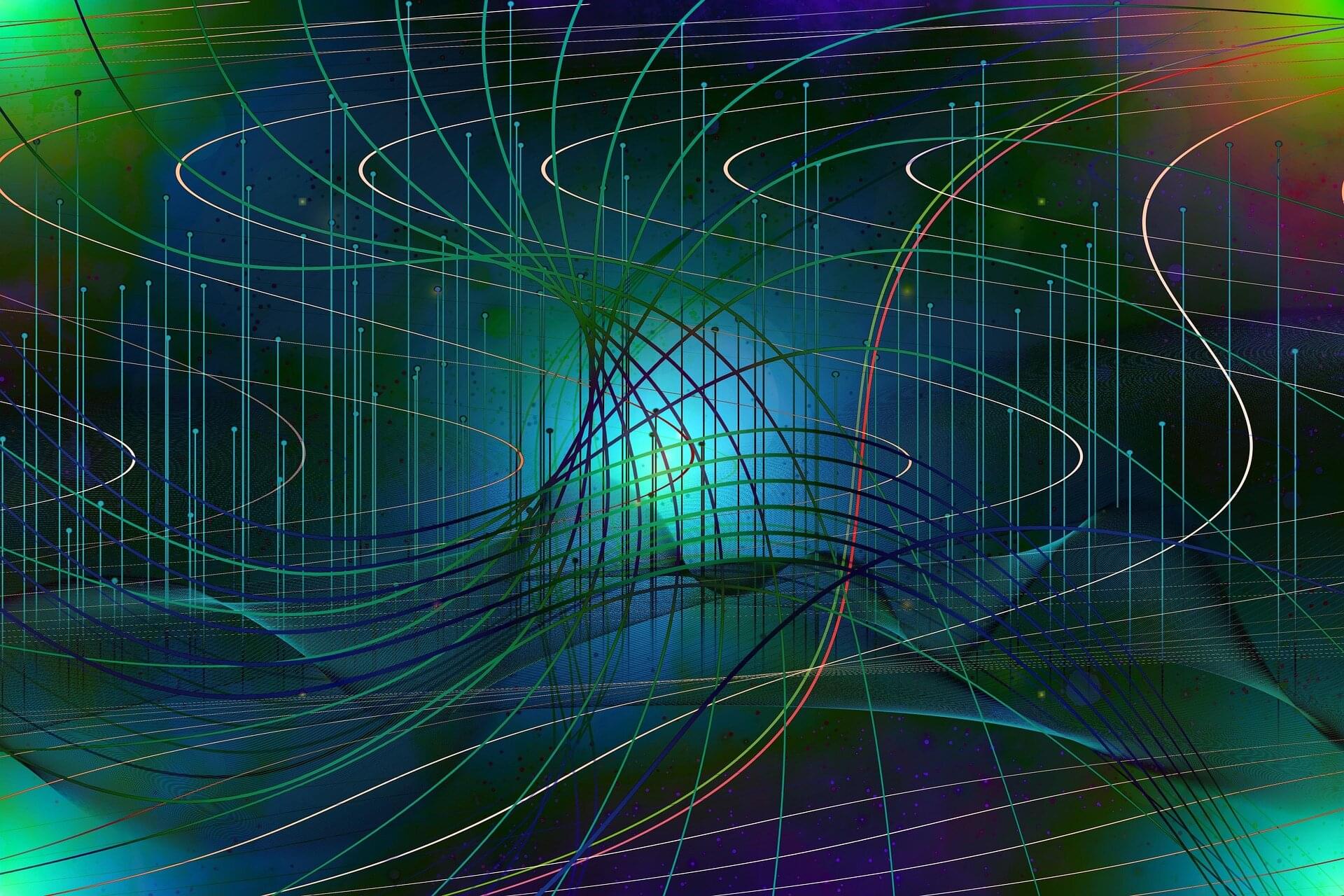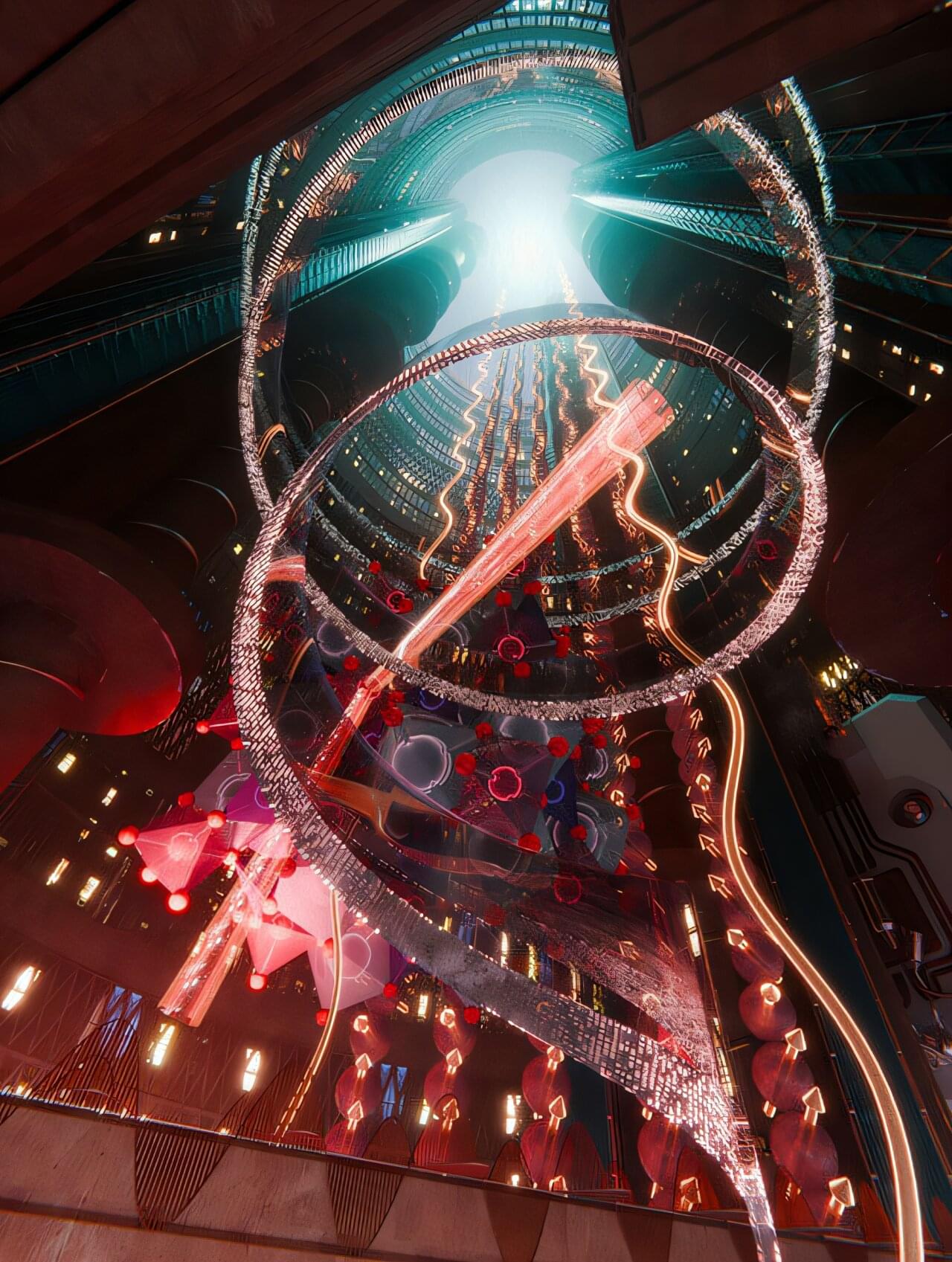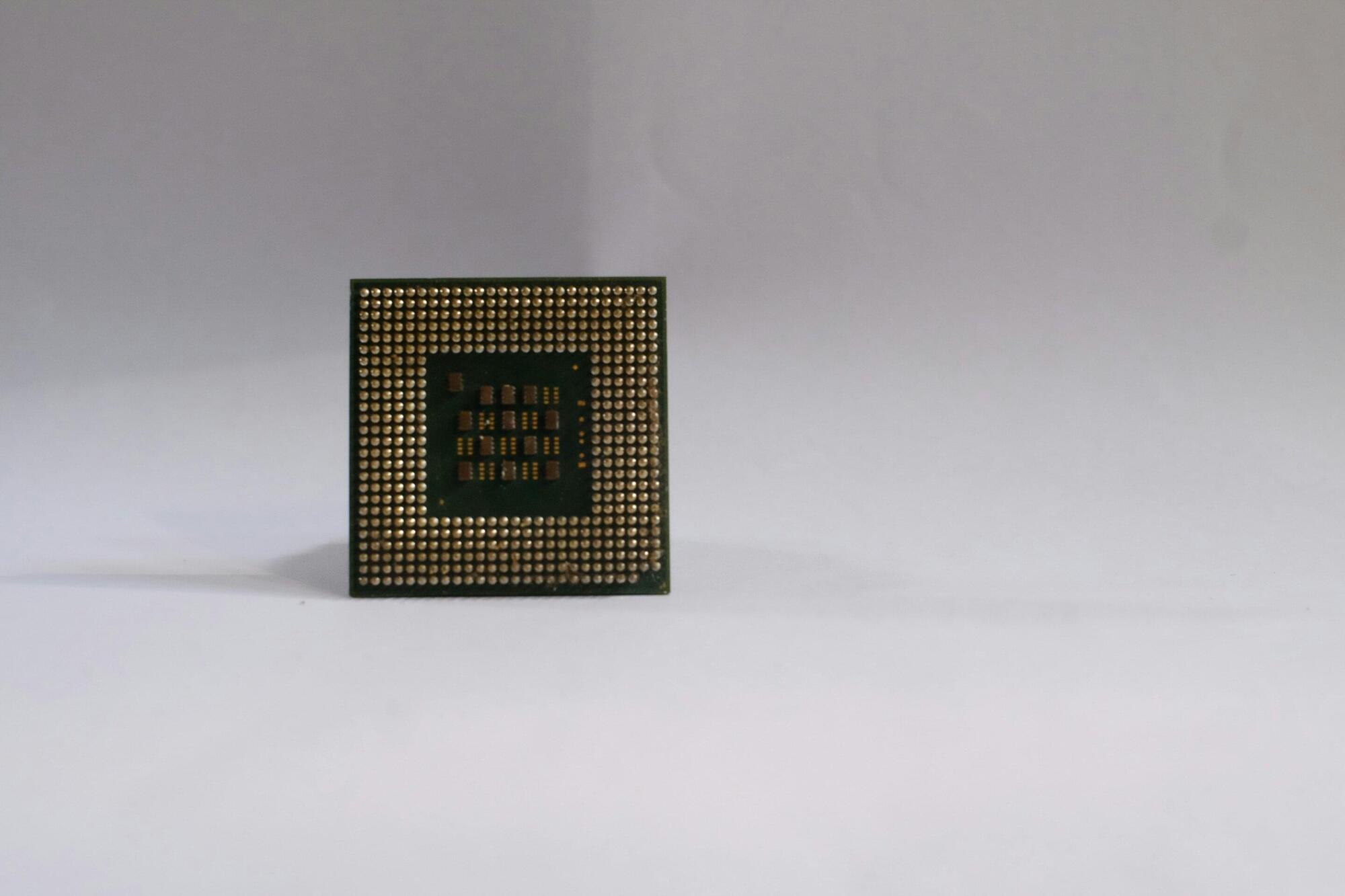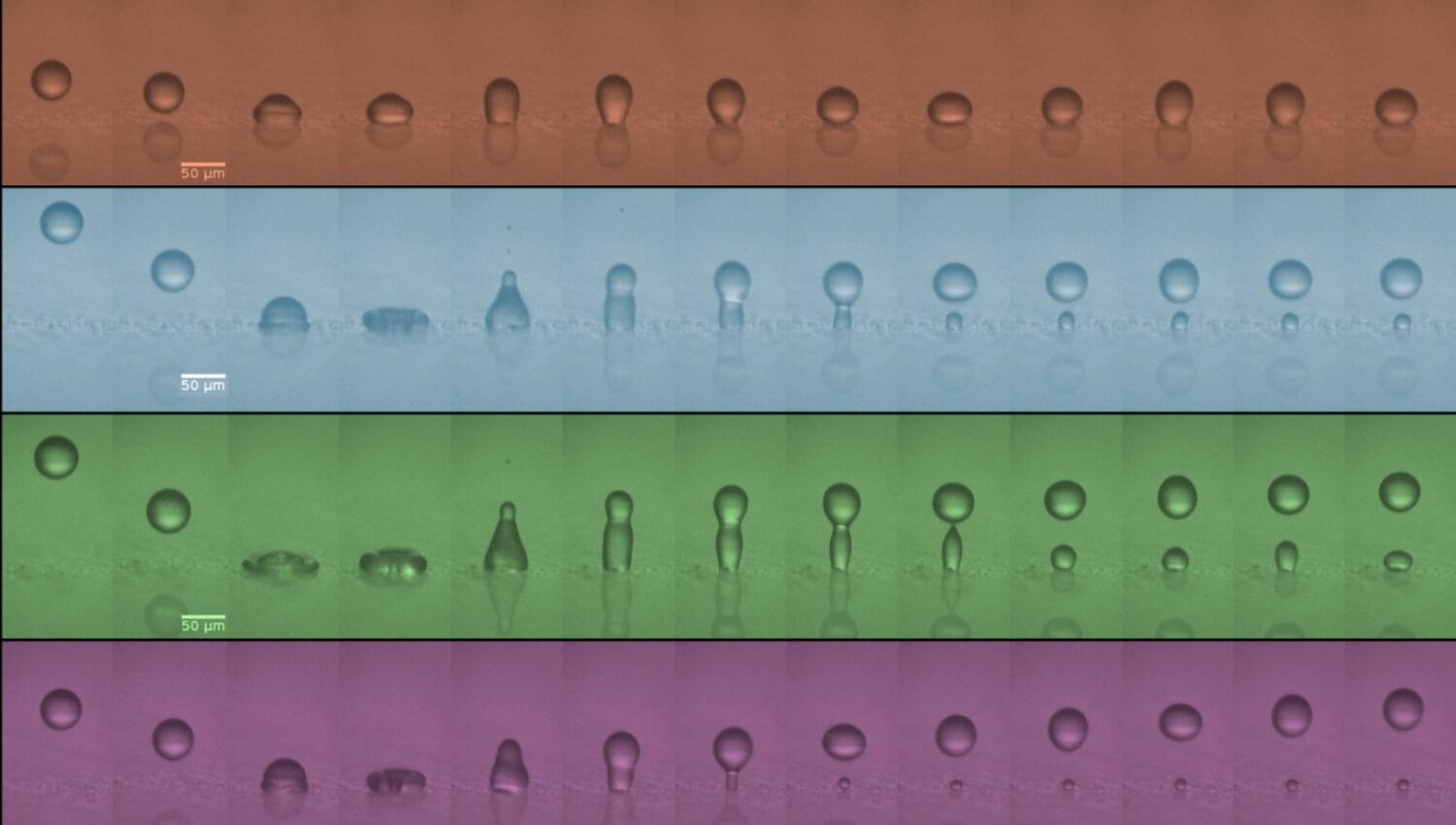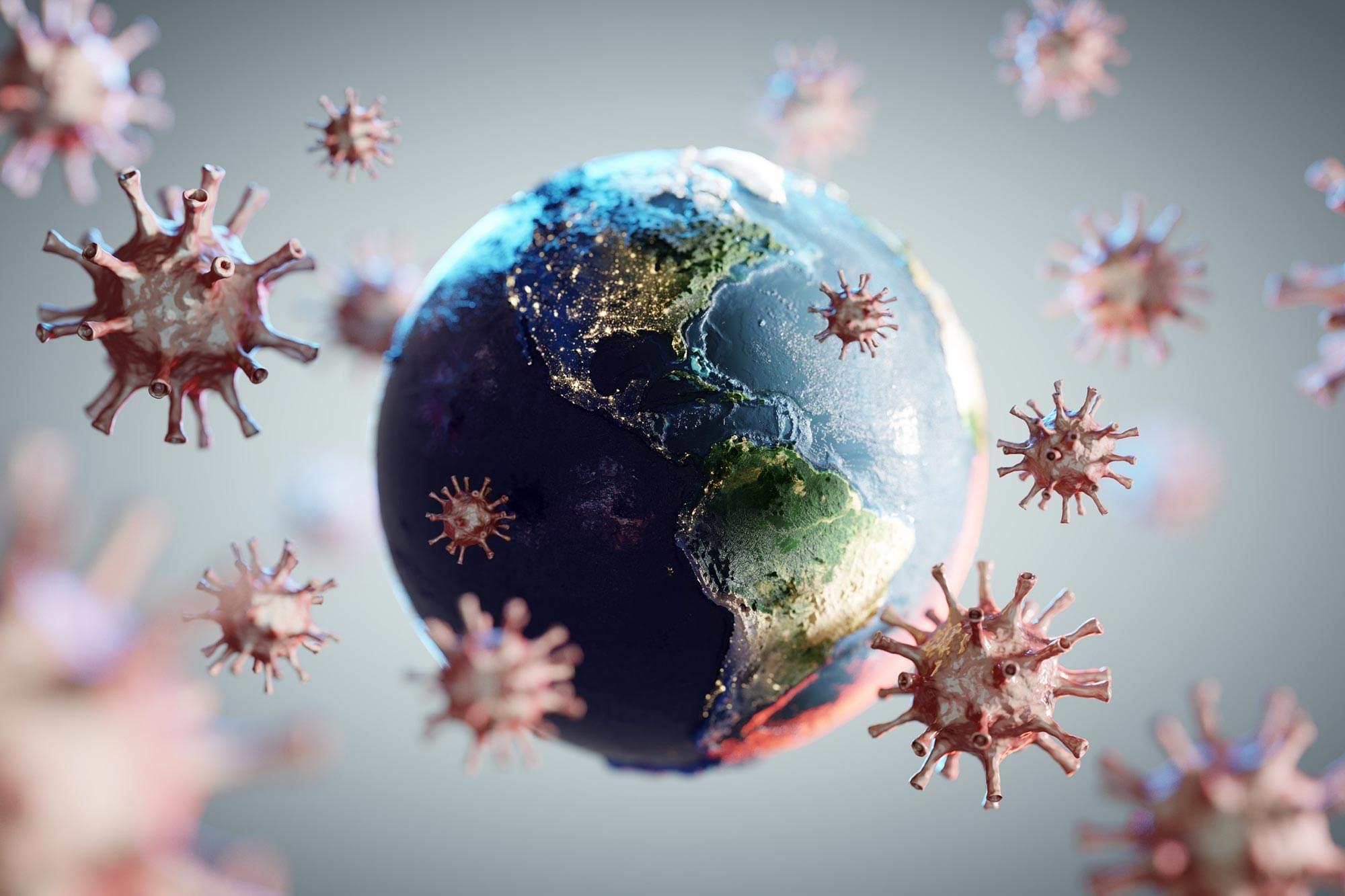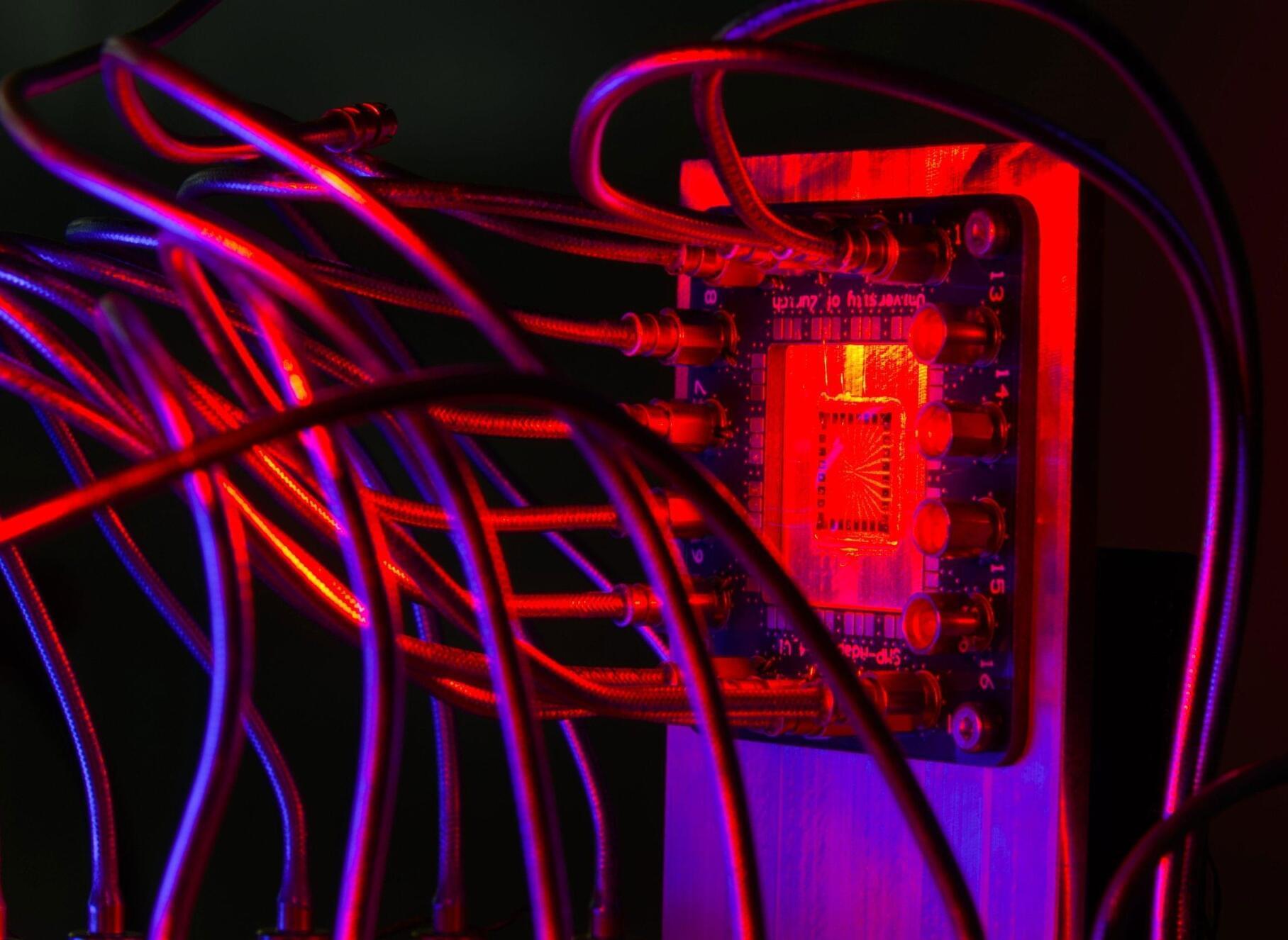Led by Assistant Professor Kou Li, a research group at Chuo University, Japan, has developed a synergetic strategy among non-destructive terahertz (THz)–infrared (IR) photo-monitoring techniques and ultrabroadband sensitive imager sheets toward demonstrating in-line real-time multi-scale quality inspections of pharmaceutical agent pills.
The paper has been published in Light: Science & Applications.
While non-destructive in-line monitoring at manufacturing sites is essential for safe distribution cycles of pharmaceuticals, efforts are still insufficient to develop analytical systems for detailed dynamic visualization of foreign substances and material composition in target pills.
